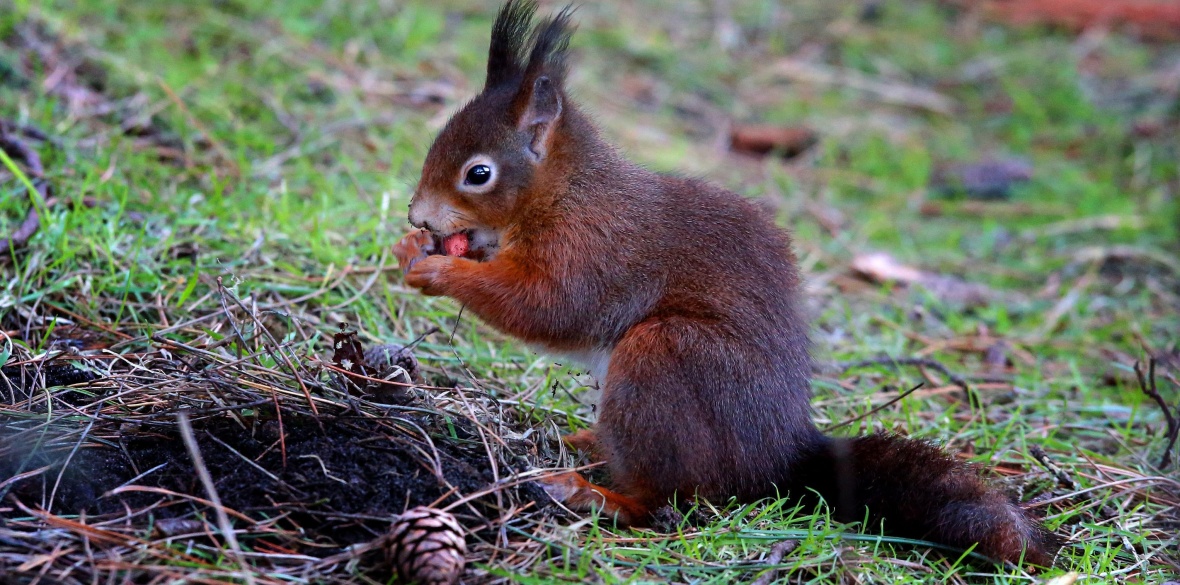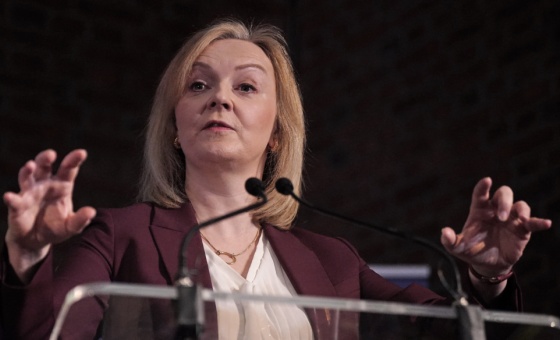This is the last article you can read this month
You can read more article this month
You can read more articles this month
Sorry your limit is up for this month
Reset on:
Please help support the Morning Star by subscribing here
Just last month, in this column, I reported on the severe threat to one of our most attractive native mammals — the hedgehog.
Fifty years ago there were 32 million hedgehogs in Britain and about a million motor vehicles. Today we are down to nearly half a million hedgehogs but well over 32 million vehicles squashing hedgehogs on our streets.
This week’s headlines alert us to threats to mammal numbers but before we look at these let us remind ourselves of some basic mammalian numbers.
Never forget one of the commonest British mammals is us — human beings — we come in many colours, sizes and shapes but we are all the same species and there are probably some 65 million of us. Even Michael Gove is one.
An even more frightening fact might be that most numerous among wild mammals is the common or brown rat with an estimated population of 82 million-plus — four rats for every three humans.
The house mouse is the second most common mammal at 76 million. Other small rodents like the field vole (75 million), common shrew (75 million), wood mouse (41 million) make up more of the list before we reach rabbits (40 million) and moles (36 million).
The bank vole (30 million), pigmy shrew (10 million) and grey squirrel (7 million) finish off the top 10 British wild mammals.
A new report from the Mammal Society reveals the hedgehog is just one of a dozen wild mammals on a newly created Red List structure of threatened species.
Along with the hedgehog is the black rat, which may already be extinct except for some isolated colonies on remote Scottish islands and some large British ports including London and Liverpool.
The mouse eared bat, one of 18 species of flying mammals that make up almost a quarter of our mammalian species, is down to just one elderly male specimen.
The red squirrel, the wildcat and water vole are among other species all facing severe threats to their survival.
The Mammal Society and Natural England study say that almost one in five British mammals is at risk of extinction within 10 years.
Factors such as climate change, loss of habitat, use of pesticides and disease are to blame but the report was far more positive in its statistics on the otter, pine marten, polecat and badger, which have all seen their populations and geographical range expand.
Deer, as I have reported recently have record population levels.
This report is the first really comprehensive review of the population of our British mammals for 20 years. It examined more than 1.5m individual biological records of 58 species of terrestrial mammal. Marine mammals such as seals, whales and dolphins will need to wait for their own survey.
The highest international threat category is Critically Endangered. Three British species were given this status: the wildcat, the greater mouse-eared bat and the black rat.
The slightly less urgent Endangered List includes the red squirrel, the beaver, water vole and that single love-lorn mouse-eared bat.
The third threat category is Vulnerable. You will find the hedgehog, the hazel dormouse, Orkney vole, serotine bat and barbastelle bat on this list.
According to Professor Fiona Mathews, chair of the Mammal Society: “This is the first time anyone has looked across all wild species for about 20 years.
“We are living in a country that’s changing enormously — we’re building new homes, new roads, new railways, agriculture’s changing — so it’s really important we have up to date information so we can plan how we’re going to conserve British wildlife.
“This is happening on our own doorstep so it falls upon all of us to try and do what we can to ensure that our threatened species do not go the way of the lynx, wolf and bear and disappear from our shores forever.”
More positively some species reported increases in numbers. These included the otter, pine marten, polecat and badger along with red and roe deer.
Also said to be doing well are the greater and lesser horseshoe bat, and wild boar.
Carnivores, for example polecats and pine martens, seem to be bouncing back. That is because they’re not being persecuted and hunted by landowners, shoots and greedy gamekeepers in the way that they were so often in the past.
Other species like the grey long-eared bat or the dormouse need quite specialised habitat. As this is lost to agriculture or development such as new high speed railway routes population numbers plummet.
Even one of our commonest mammals, the rabbit — actually not a native species at all but brought here by the Romans for food — is declining due to deliberately introduced killer diseases.
We must ensure that our children grow up watching hedgehogs, rabbits and squirrels in our public parks and gardens.
We also need to make sure that there will be no weakening of the laws that protect our most precious nature sites and under-threat species after Brexit.
We need to make sure green spaces are really places where nature can flourish — and particularly mammal friendly.
We need rough countryside rather than well manicured parks, lawns and flowerbeds. We need to avoid our wild animals being squeezed into ever-more fragmented patches of natural habitat.
Join Frosty’s campaign for untidy nature. Mr Gove and his Environment Ministry need to be persuaded to find ways in which we can make sure that the biodiversity of British wildlife is made an important factor in planning decisions.












